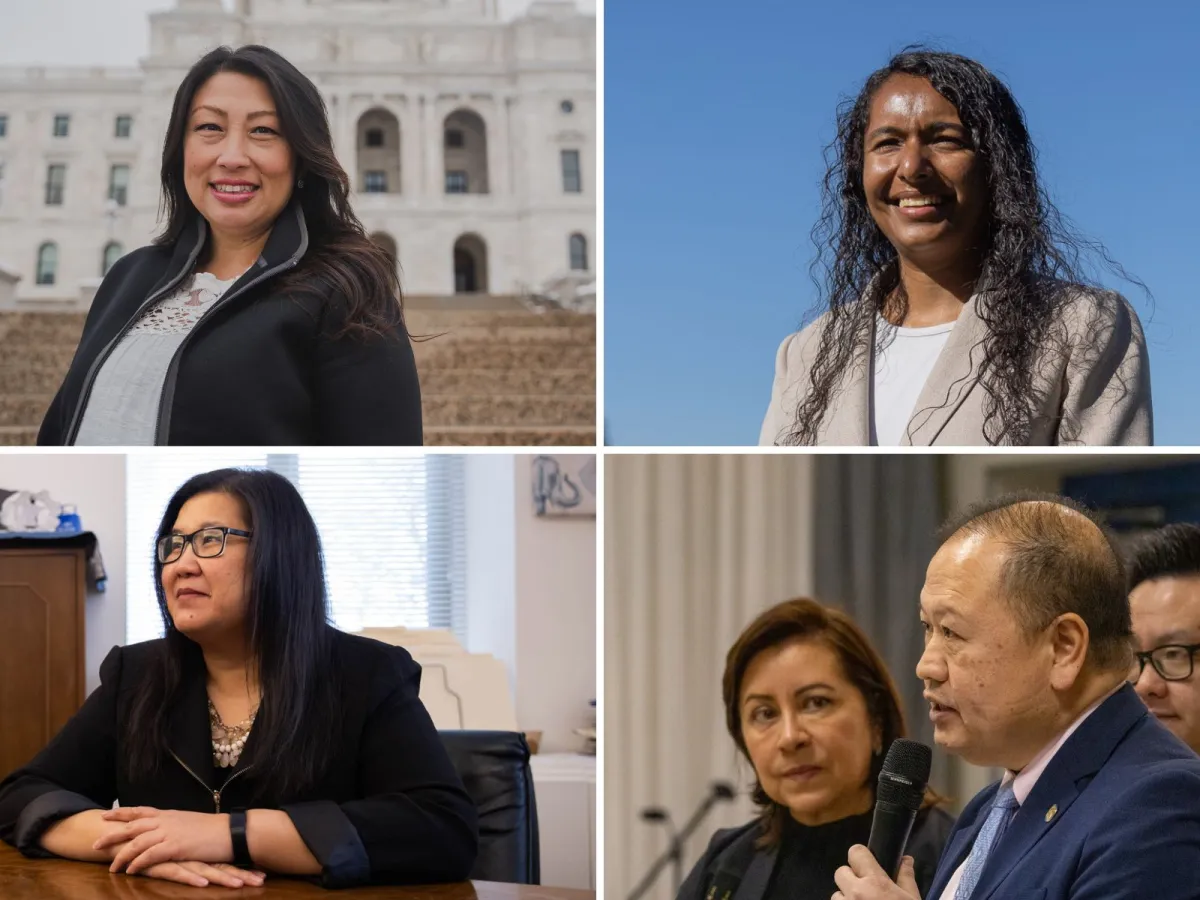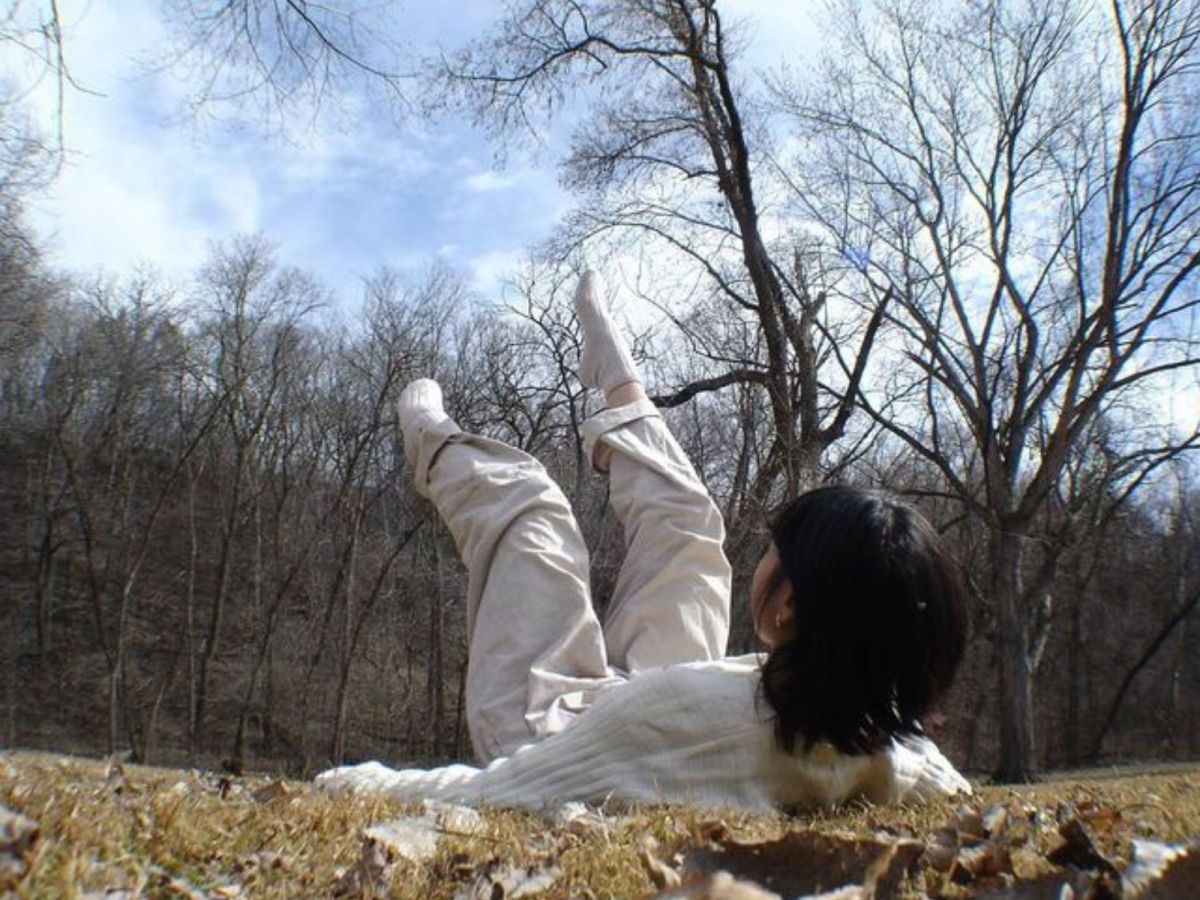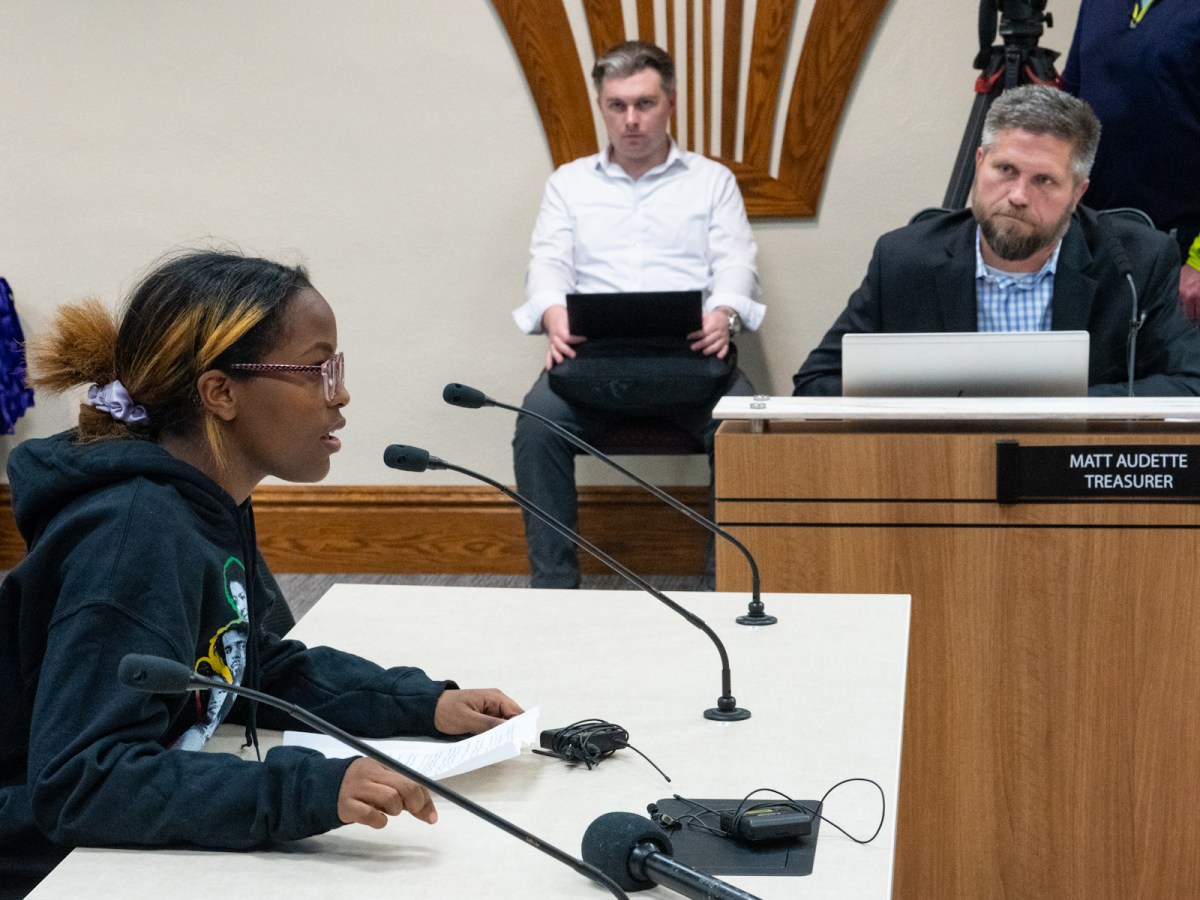Ngan Hoang had already been working in a nail salon for 22 years when she learned she was pregnant with her first child.
A routine visit to the doctor led her to question whether ongoing exposure to toxic chemicals in nail polish could harm her and her future child.
“I started doing research,” said Hoang, 43, who runs Cali Nails on Lake Street in Minneapolis.
Hoang read that long-term exposure to chemicals contained in nail polish could cause liver and kidney damage, birth defects, and even cancer. She also realized that unlike her customers, who typically only come into the salon once or twice a month, she was exposed every day for extended periods of time.
“I shouldn’t be sitting in it [the fumes] all day,” she said. “I don’t want to get cancer or my children to have any weird mishaps.”
Hoang started changing her inventory to nail polish products that don’t contain these chemicals, a process that took four years. Today, all of her products are free of chemicals like dibutyl phthalate, toluene, and formaldehyde that can lead to adverse health outcomes.
It’s now been 30 years since Hoang’s mother opened their nail salon, after the family moved to Minnesota as refugees from Vietnam. Hoang’s daughter is turning 8 this year. But Hoang still worries that her past exposure could haunt her later in life.
“That’s still more than 20 years I’ve been sitting around these chemicals doing nails,” she said. “That’s like someone saying, ‘I smoked for 30 years and now I think my lungs will be fine if I quit.’”
A new University of Minnesota initiative, funded by the federal Environmental Protection Agency, seeks to encourage Vietnamese-owned nail salons in Minnesota to follow in Hoang’s footsteps and switch to nontoxic products. The initiative is part of a $16 million grant from the EPA to prevent pollution at the community level, and is being distributed to 24 organizations across the country.
The U’s School of Public Health received $664,000 for an outreach campaign that includes Twin Cities nail salons and Somali and East African-owned hair salons, which sometimes use hair straightening products containing formaldehyde.
Trân Huỳnh and Susan Arnold, who are both associate professors at the U’s Division of Environmental Health Sciences, will lead the initiative. Their grant lasts two years, and both say that they’ll spend the first year building ties with local salons to understand their overall needs.
The topic hits home for Huỳnh. She and her family immigrated to Minnesota from Vietnam in 1997, and her mother found work as a nail technician and still works today at a nail salon in Richfield.
“Nail salon work is the economic backbone of the community,” Huỳnh said. “These salons are community assets that have allowed people to earn their living and raise children like me.”
Huỳnh said she wants to approach the initiative with a focus on “protecting these community assets.” She previously spent five years working on the same issue with nail salons in Philadelphia as an assistant professor at Drexel University. There, she partnered with VietLead, a Philadelphia community organization, and created training materials on safer products, which were then distributed to the salons by VietLead staff.
Arnold has also done similar outreach work with local nail and hair salons. Both Huỳnh and Arnold understand that switching to nontoxic products can add to the cost of running a salon.
related sTORIES
“In any small business there are many priorities,” Arnold said. “Some are competing, and we have to be mindful of that.”
The two are working with community groups to help establish relationships with local salons. Amira Adawe, executive director of the Beautywell Project, which advocates against skin-lightening products, is the initiative’s community outreach partner for East African-owned salons.
Amira said one popular product in her community that’s toxic is black henna, which mixes hair dye into regular henna to make a longer-lasting design. Salons use black henna because it’s more convenient.
“They don’t have to wait an hour for it to dry like regular henna,” Amira said.
But hair dye can irritate the skin. During an application 15 years ago, Amira discovered that when she inadvertently had black henna applied to her skin.
One day later, Amira’s arm grew swollen and her skin itchy. She went to the hospital and was prescribed pain medication and topical cream for her skin. Years later, when Amira worked on her initiative against skin-lightening products with the Minnesota Department of Health (MDH), doctors told her they were seeing more people in the emergency room following black henna applications.
Amira will work with the U to educate salon owners about consequences like these of toxic salon products.
“A lot of times people just don’t know what’s in these products,” Amira said. “These companies are marketed toward them, and they just buy the products wholesale.”
Salon owners say some barriers to switching to nontoxic alternatives include the cost and also customer satisfaction. Sometimes nontoxic nail polish won’t stay on as long as traditional nail polish, which works like “cement onto your nails,” Hoang said. Nontoxic products are also harder to find, and are typically not sold wholesale and instead marketed toward individual buyers, meaning they’re ultimately more expensive for the salon owner.
“A woman may need 10 bottles of polish, while we need 200 bottles of polish,” Hoang said. “Until more salons start buying the products, the prices are not going to go down.”
The quality of nontoxic products, however, are getting better as technology advances, she said. One of the popular products she currently uses is a gel polish cured with an LED light, which she said stays on nails as long as six weeks.
Hoang added that she believes an education campaign on safer products through the EPA-funded initiative will be helpful.
But one thing the initiative lacks is financial support to salons to upgrade their products. Huỳnh and Arnold understand this, and plan to share their research and advocate for the salons with the MDH and the state Legislature.
“We’re exploring the possibility of establishing a ‘healthy salon program’ and providing the scientific content component to MDH, so that if it is feasible that could be something they carry on when the grant funding is over,” Arnold said.
The EPA grant lasts through 2025.
Correction: A previous version of this story misidentified the job title of Tran Huynh’s mother.






